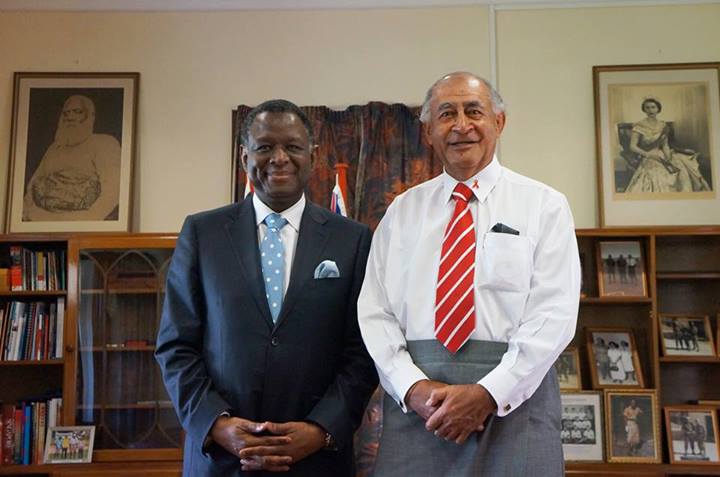Today, as we mark World AIDS Day, we can point to significant progress in the global response to the epidemic on the road to reaching the goals of zero new infections, zero discrimination and zero AIDS-related deaths. Worldwide, the number of new HIV infections continues to fall, more people have access to antiretroviral treatment and, as a result, fewer people are dying of AIDS.
Yet, progress can be fragile and momentum tenuous. Inequalities, social exclusion, stigma, as well as discrimination continue to hinder access to life-saving services and commodities for far too many, including women and young people, especially those from key populations. Simply stated, disabling environments hinder abilities for every person to exercise their human rights and reach their full potential, especially the young and the vulnerable.
Of the 6,300 people newly infected each day, almost 40 per cent are young people aged 15-24, the majority of them young women. HIV is also the leading cause of death among women of reproductive age and contributes to at least 20 per cent of maternal deaths.

Inadequate access to high-quality, youth-friendly HIV and sexual and reproductive health services is a major challenge. Between 2005 and 2012, HIV-related deaths among adolescents increased by 50 per cent, while the global number of AIDS-related deaths fell by 30 per cent. Every hour, 50 young women are newly infected with HIV. Adolescent pregnancy diminishes the life opportunities of girls everywhere. Every day, 20,000 girls below 18 give birth in developing countries. We must step up HIV prevention and access to sexual and reproductive health services.
UNAIDS estimates that intimate-partner violence increases women's risk of acquiring HIV by 50 per cent. Women from key populations, such as female drug users, female sex workers and transgender women, are particularly likely to experience gender-based violence. And women and girls in conflict and disaster situations face increased vulnerability to sexual violence, which puts them at greater risk of HIV infection.
At UNFPA, we believe that the fastest way of getting to zero is by zeroing in on meeting the sexual and reproductive health needs of all women and young people, and working to eliminate gender inequality, gender-based violence, and the discrimination and stigmatization that keep key populations from getting the HIV prevention and sexual and reproductive health services they need.
In at least 67 countries, there are laws or regulations that keep young people from accessing HIV prevention services, and 60 per cent of countries have national laws, regulations or policies that keep key populations and vulnerable groups from getting effective HIV prevention, treatment and care.
Integrating sexual and reproductive health and HIV services can better ensure universal access to the information and services every person needs to make healthy choices and is key to preventing HIV and other sexually transmitted infections. In addition, women and girls must be empowered to negotiate safer sex - just having access to condoms is not enough. Men and boys must be proactively engaged as partners to redress gender inequality.
That is why we, at UNFPA, will continue to work with our partners to provide integrated health services to women, young people and those at greatest risk of HIV infection and to advocate to ensure their rights are recognized.
Getting to zero is about upholding the universal human right to health and well-being of everyone, including being free of HIV. This will include a commitment to ensure that the rights and needs of all women and young people are at the heart of the global development agenda. Ensuring that everyone counts will get us to zero. Let us make it happen.

